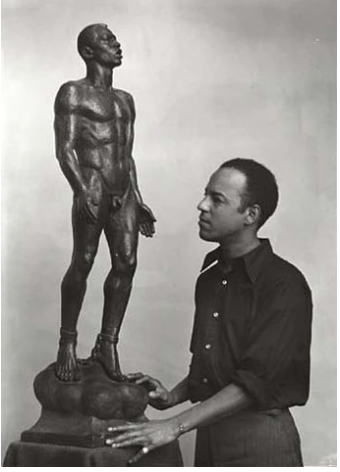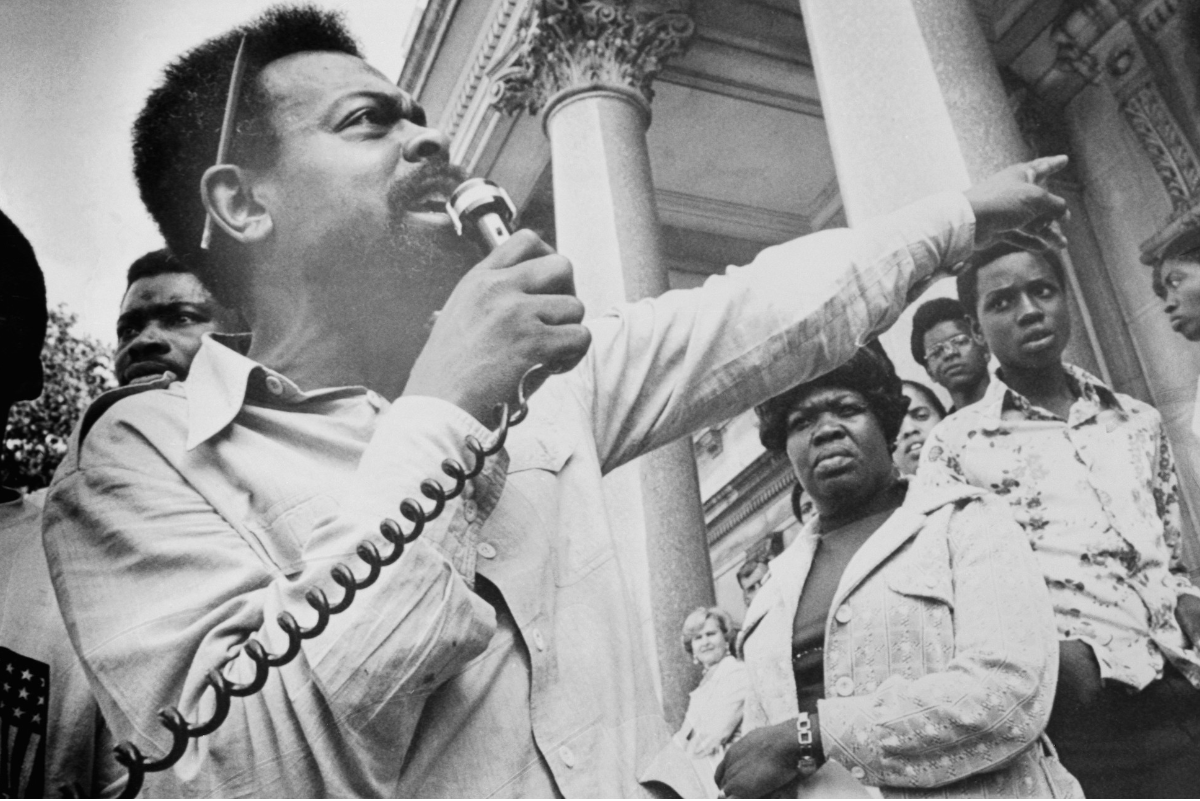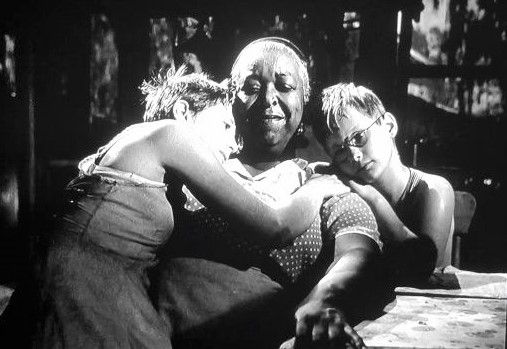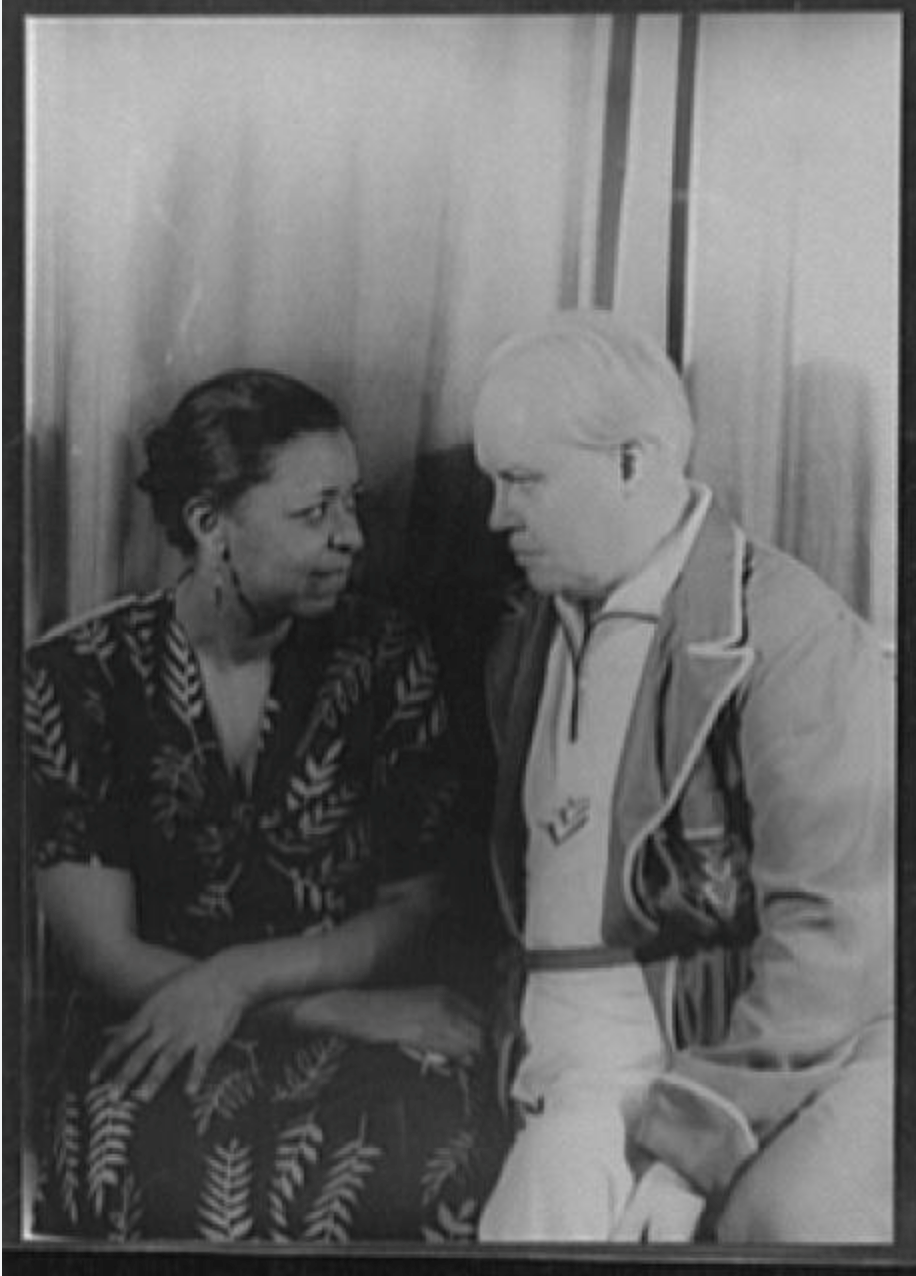Centenary: "The Negro Speaks of Rivers"
In the summer of 1920, Langston Hughes was riding the train to Mexico to visit his estranged father, a bitter expatriate who hated his homeland and referred to those of his race who stayed there as "niggers." Although he knew he wanted to be a writer, Langston hadn't found his voice, didn't know who he was or where he was going. He was seventeen years old, recently graduated from Central High in Cleveland. His writing up to that point had been derivative. Who knows himself well at seventeen?
Day was waning as the train began its passage along the Mississippi, deeper and deeper into the land of historical slavery and continued oppression. His grandmother had told him that the greatest fear of the slave was being "sold down the river" to the even greater cruelty and dehumanization of the Deep South. And yet ... all outside the window of the rolling train was the beauteous expanse of that same river gilded by the rays of the setting sun. Langston drew his father's letter from his pocket and wrote on the envelope:
I've known rivers:
I've known rivers ancient as the world and older
than the flow of human blood in human veins
My soul has grown deep like the rivers.
One year later, in the 1921 June edition of The Crisis, the house organ of the NAACP edited by W.E.B. DuBois, "The Negro Speaks of Rivers" introduced Langston Hughes to the world. Success was not instantaneous. It would be another five years before Hughes was able to publish his first book.
Since then, "The Negro Speaks of Rivers" has become foundational to the African American canon, familiar to anybody who has acquired Black literacy. It has been set to music; Pearl Primus created a dance from it; it has featured in hundreds of poetry recitals wherever African Americans had any control over their education. It is the basis for the cosmogram in the lobby of Harlem's Schomburg Center under which Hughes' ashes are buried. Hughes became the bard of his people, and "The Negro Speaks of Rivers" was the opening note of that long and varied song.
Hughes was not a confessional poet. Although he surely experienced the sweep of ecstasy and despair, he used his emotions for his art. Otherwise they were not on display. (This is one of the reasons it's so difficult to ascertain his sexuality. He claimed to have loved several women, but we only have his claims. The most visible trauma of his life was his rupture with his extremely rich but toxic white patron during the Harlem Renaissance, Charlotte Osgood Mason.)
At seventeen, Hughes could only draw on the myths and oral traditions of his people in channeling the bardic voice. It is not Langston speaking; it is "The Negro." The historical content, such as it is, is generic in the extreme. (As a Jew, I thought it was my people who built the pyramids of the Nile.) And Abe Lincoln's stock among African Americans has fallen mightily since 1920 -- not quite considered The Great Emancipator any more.
But none of this matters. What matters are the incantatory repetitions, the watery flow of language, the evocative names, the crepuscular light of Abe Lincoln's journey, and that final, crystalline line that turns the bard into his people: "My soul has grown deep like the rivers." It is masterful.
For a lovely illustration of the poem, check out the E.B. Lewis children's book. http://eblewis.com/books/the-negro-speaks-of-rivers/
Recent Posts




SHOGA FILMS is a 501(c) (3) non-profit production and education company. We create multimedia works around race and sexuality that are intended to raise awareness and foster critical discussion.
Contact Us
All Rights Reserved | Shoga Films
Stay Connected
Thanks for subscribing!
Please try again later.



